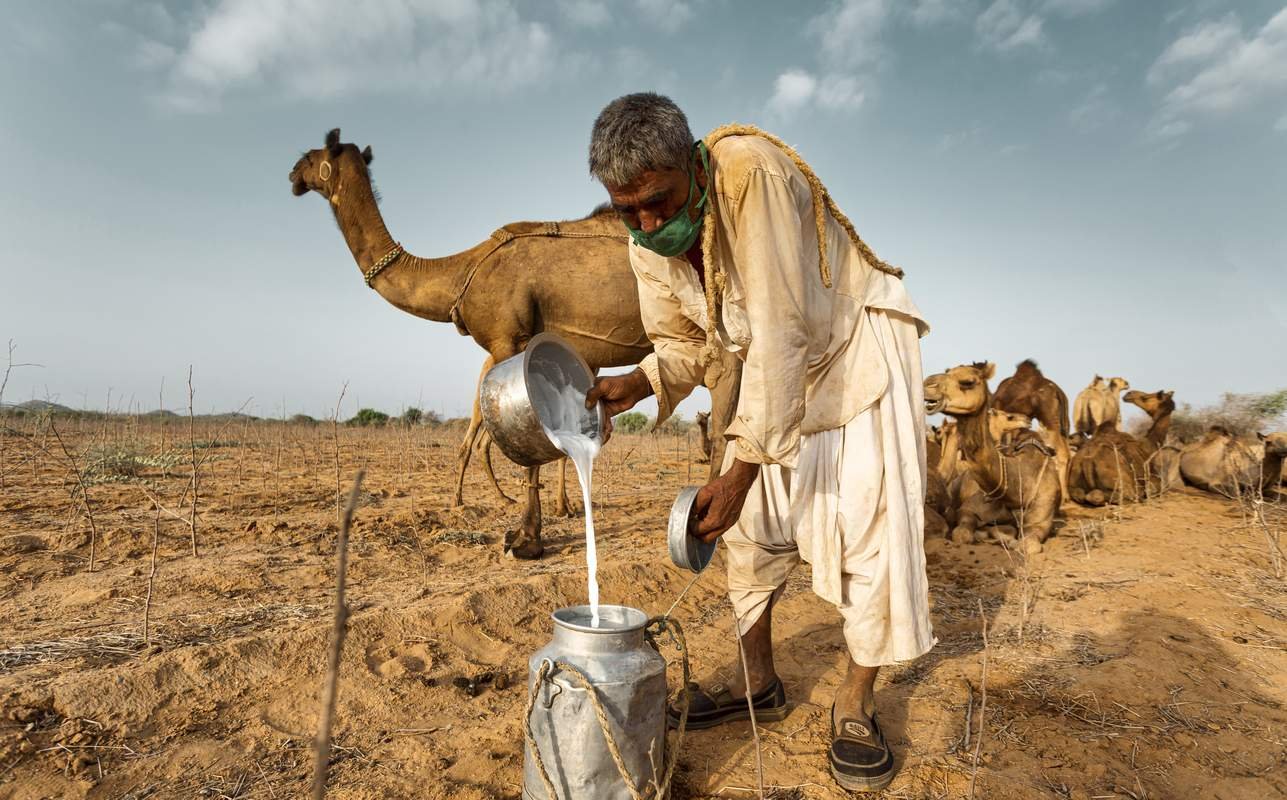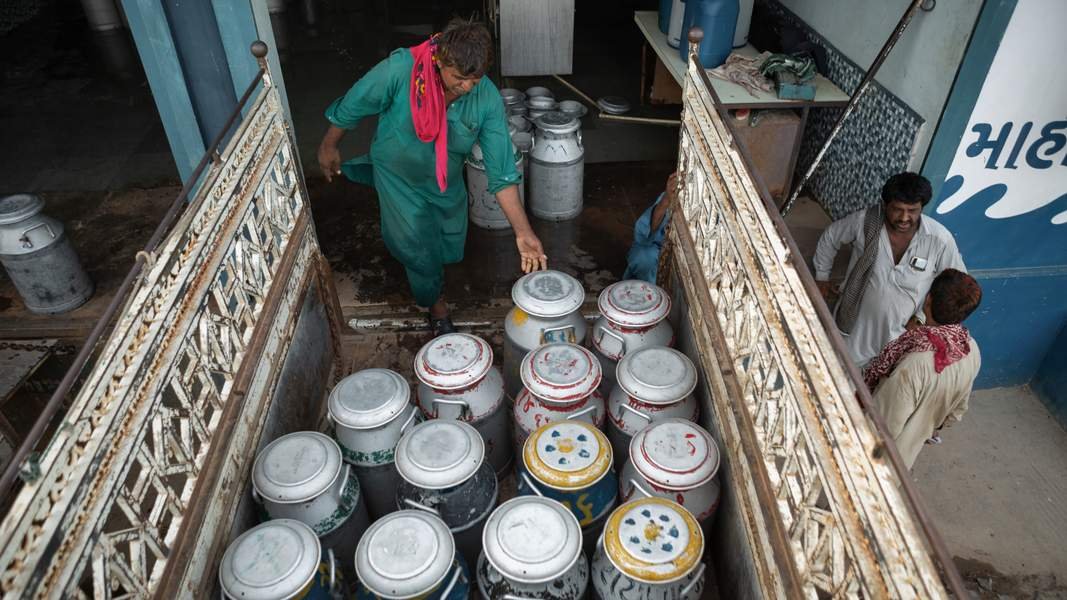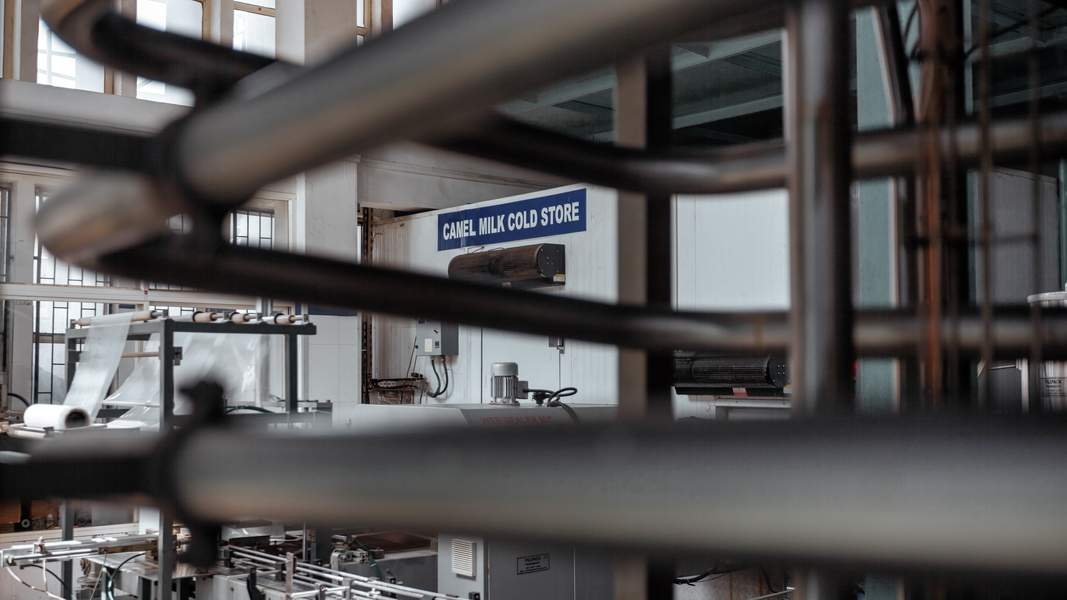Two numbers point to potential rather than current contributions to the Indian economy. The bulk of wool used by India’s hosiery sector is imported. Only a small fraction of the wool produced by 74 million sheep in the country is currently consumed by industry. There are technological and design issues related to Indian sheep wool but solving these challenges points to the huge potential that might be tapped in advancing shepherd livelihoods.
There is a growing demand for goat cheese in urban India that is met almost entirely through imports. And yet India has the second largest population of goats in the world, with no current attempts at mainstreaming the use of goat milk. The point is that India has the largest livestock population in the world with no systematic investments by state or private agencies towards building up pastoralist livelihoods.
Based on work experience with the buffalo rearing Maldharis of the Banni grassland in Kachchh - who now export 100,000 litres of milk a day and have generated a 125 crore rupee economy - CfP is working with partner organizations in Rajasthan and Gujarat to initiate and streamline the procurement of camel and goat milk. We are currently focussed on four locations: Kachchh and Surendranagar in Gujarat and the Pokharan-Bajju-Chimana and Alwar regions of Rajasthan.
There is a growing demand for goat cheese in urban India that is met almost entirely through imports. And yet India has the second largest population of goats in the world, with no current attempts at mainstreaming the use of goat milk. The point is that India has the largest livestock population in the world with no systematic investments by state or private agencies towards building up pastoralist livelihoods.
Based on work experience with the buffalo rearing Maldharis of the Banni grassland in Kachchh - who now export 100,000 litres of milk a day and have generated a 125 crore rupee economy - CfP is working with partner organizations in Rajasthan and Gujarat to initiate and streamline the procurement of camel and goat milk. We are currently focussed on four locations: Kachchh and Surendranagar in Gujarat and the Pokharan-Bajju-Chimana and Alwar regions of Rajasthan.





